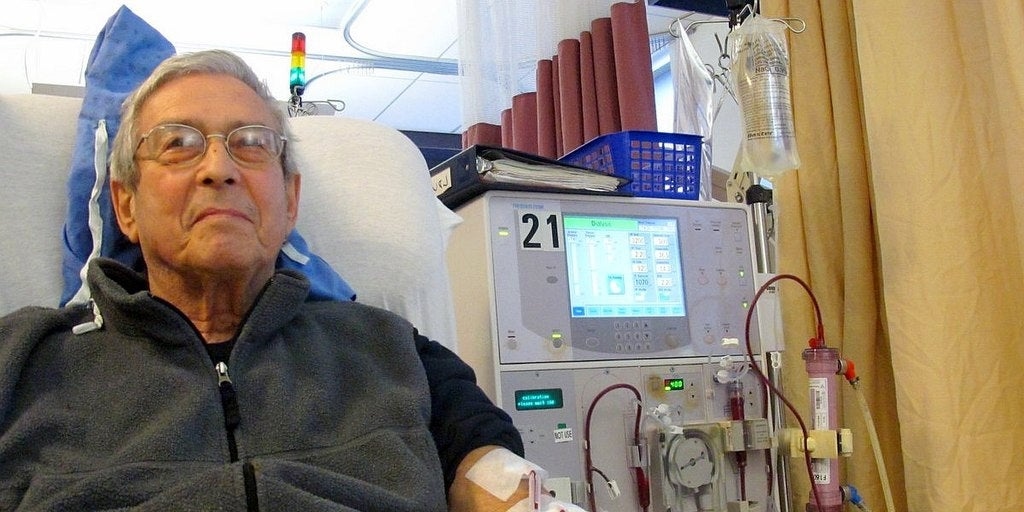Andean Community updates labeling rules for cosmetic products: Invima explains the main changes

The National Institute for Drug and Food Surveillance (Invima) reported the issuance of Resolution 2540 of 2025, which modifies Resolution 2310 of 2022, which defines the regulatory framework for the labeling of cosmetic products in the member countries of the Andean Community (CAN).
The measure incorporates substantial changes aimed at simplifying labeling processes, eliminating unnecessary burdens for the industry, and maintaining food safety standards. According to Invima, the update responds to the entry into force of Andean Community Decision 944 of 2025 and seeks to harmonize national regulations with international provisions applied by other relevant authorities.

The new regional regulations simplify the requirements for manufacturers and distributors. Photo: Archive / EL TIEMPO
Among the most significant changes, the new resolution eliminates the requirement to include unnecessary translations on packaging. From now on, translations will only be required when essential to ensure consumer safety. Furthermore, generic names that are commonly used or widely understood may remain in their original language, which reduces costs and expedites the entry of imported products into the Colombian and regional markets.
Another important change is the recognition of the use of stickers or supplementary labels to adjust, clarify, or add information on imported cosmetic products. This measure will allow companies that market imported goods to adapt their labels without having to completely relabel the packaging, provided they comply with the definition of a cosmetic product established in Andean regulations.
Regarding modifications to labeling information, Invima clarified that it will no longer be necessary to notify changes unrelated to health aspects or the requirements stipulated in the Andean Technical Regulation on labeling. This means that non-essential design adjustments, graphic layout changes, or translations can be made freely, provided they do not compromise product safety or quality.

Colombia announced its decision regarding the inclusion of the Mandatory Health Notification code. Photo: Taken from iStock / IAlimentos Magazine
The resolution also stipulates that the list of ingredients must begin with the word “ingredients” or an equivalent term. This change aims to ensure clear and standardized identification of components for consumers and regulatory authorities.
Another relevant point is that the generic name may be part of the product name, a measure that facilitates the marketing of cosmetic lines with similar formulas, avoiding confusion in the identification of brands.
In the statement, Invima also reported that Colombia notified the General Secretariat of the Andean Community of its decision to adopt the third provision of Chapter V of Resolution 2310 of 2022. This provision establishes that member countries may, exceptionally, apply numeral 5.5 of article 5 of the Andean Technical Regulation before its entry into force, after notifying the General Secretariat.
With this decision, the country seeks to ensure an orderly transition in the application of the requirement related to the inclusion of the Mandatory Health Notification (NSO) code in the labeling of cosmetics, which will allow manufacturers and marketers to adapt their processes without affecting supply or competitiveness.
Invima highlighted that the new guidelines align with international labeling practices adopted by leading regulatory authorities in other countries. This strengthens the compatibility of the Colombian regulatory framework with foreign trade and contributes to building consumer confidence in the safety of cosmetic products available on the market.

Among the changes, the removal of unnecessary translations stands out. Photo: iStock
According to the entity, the regulatory update responds to the need to balance the protection of public health with the promotion of innovation and competitiveness in the sector, one of the most dynamic within the consumer goods industry.
“Invima reaffirms its commitment to public health and the country’s competitiveness, promoting regulations that safeguard the well-being of Colombians while fostering innovation and fair trade within the framework of regional agreements,” the health authority stated in its press release.
Those interested can consult the full text of Resolution 2540 of 2025 on the official website of the Andean Community (https://www.comunidadandina.org/normativa-andina/gacetas/1/?q=), where the technical provisions and implementation deadlines for the various actors in the cosmetic sector are detailed.
Environment and Health Journalist
eltiempo





